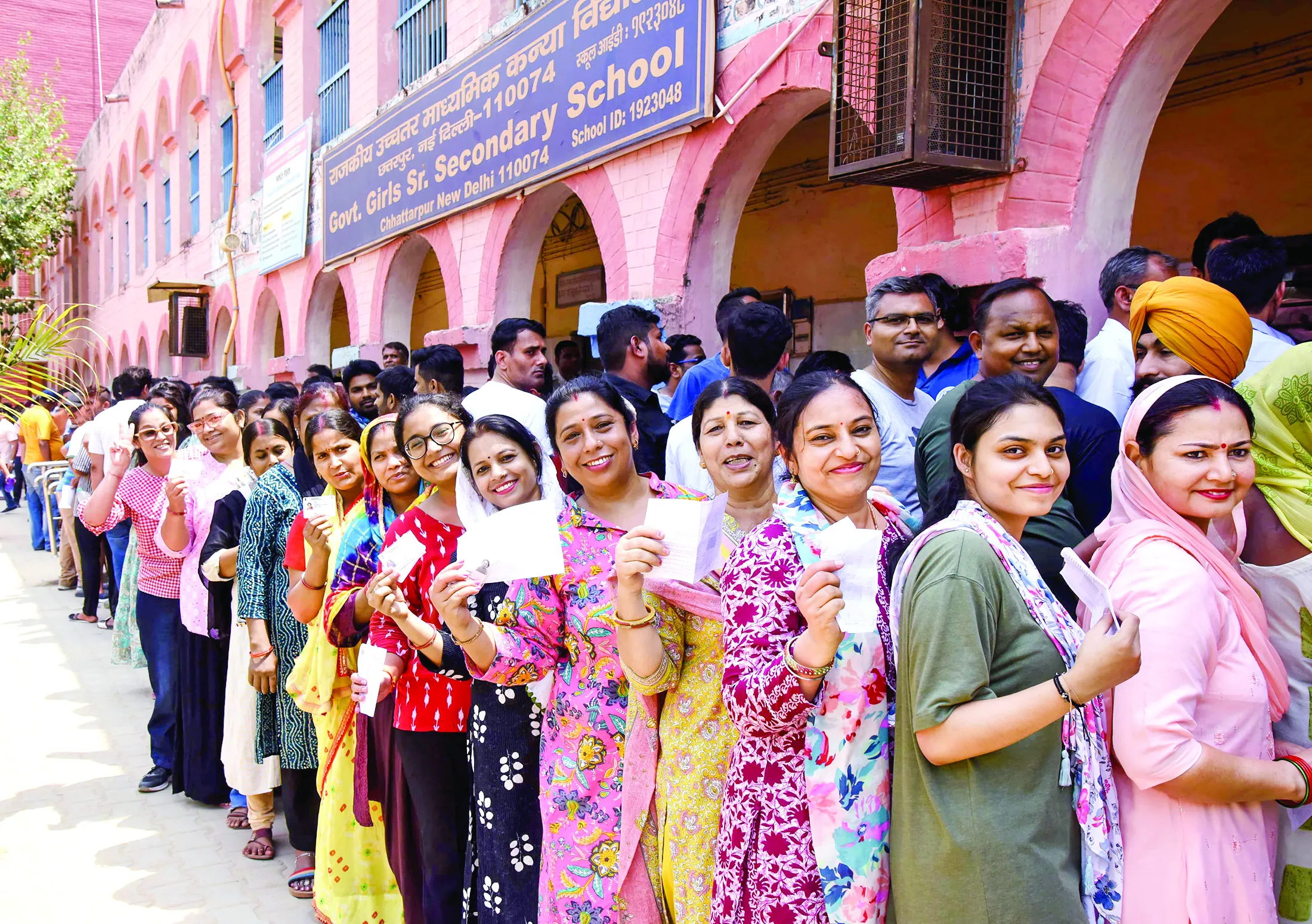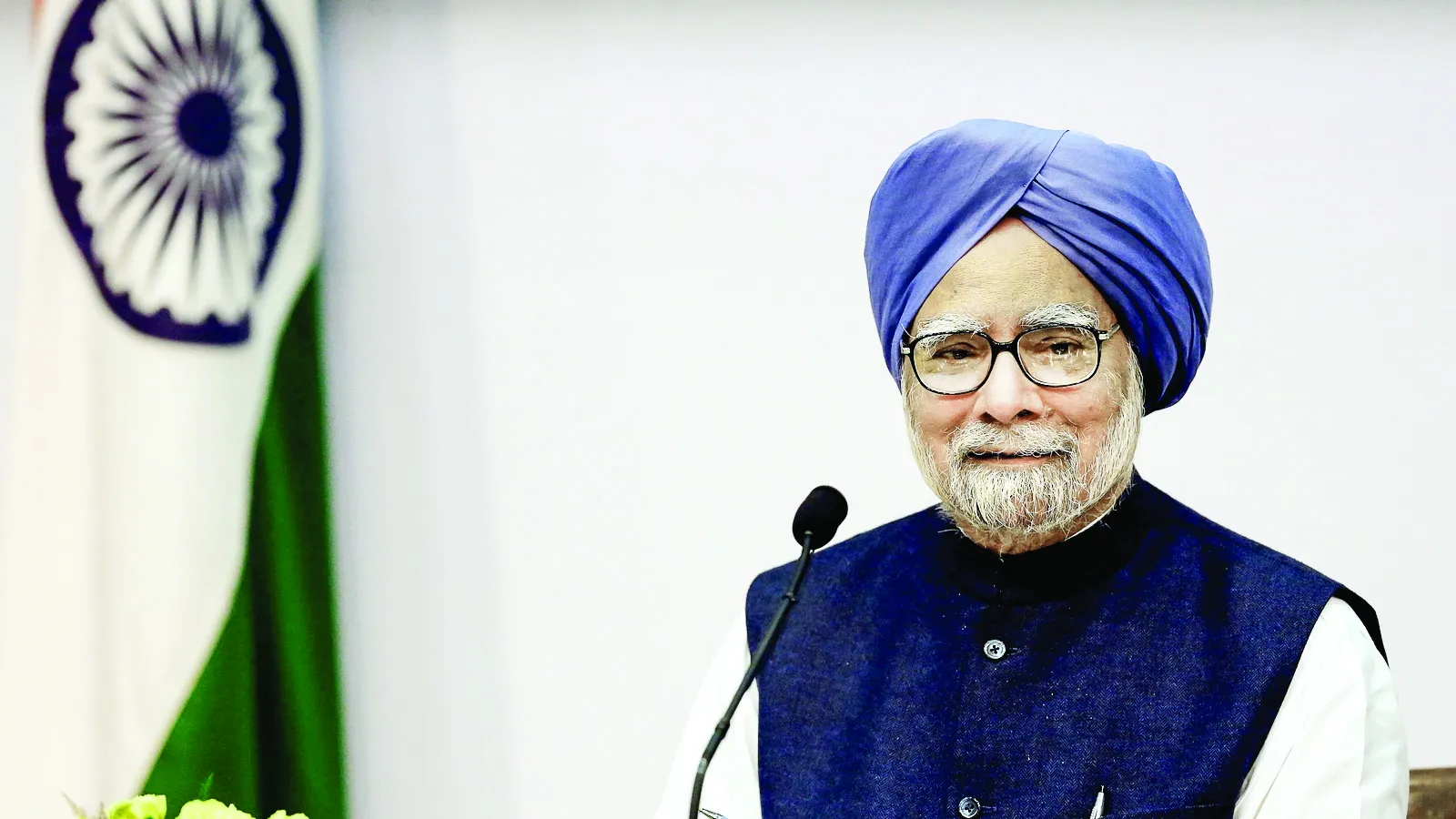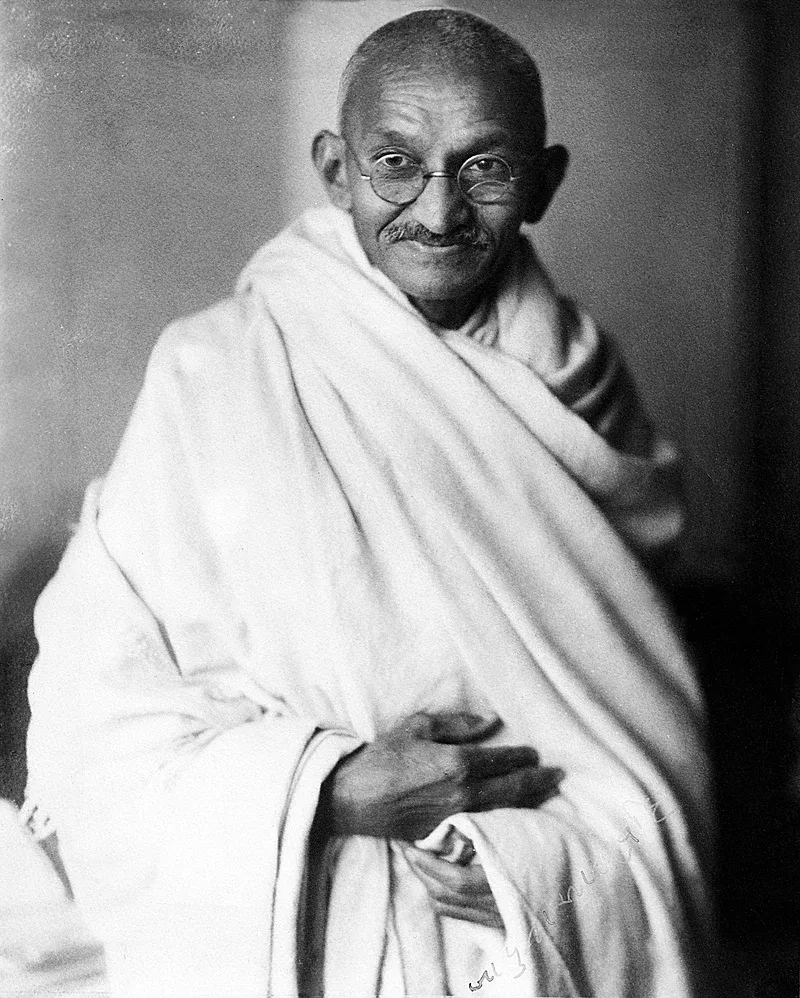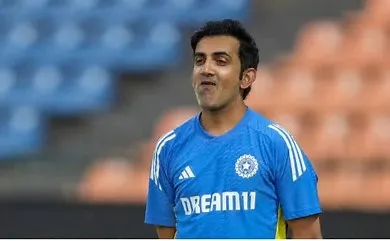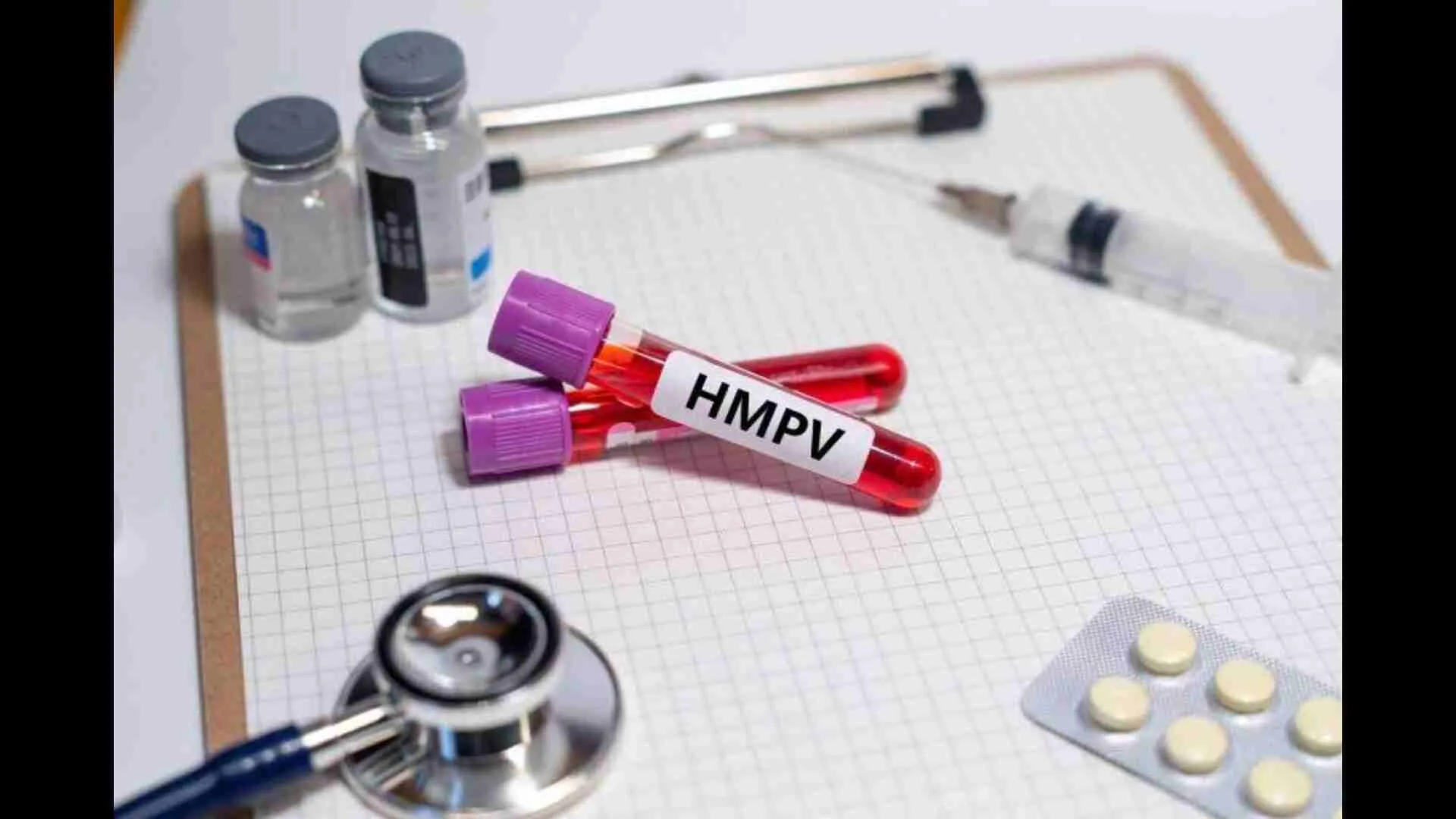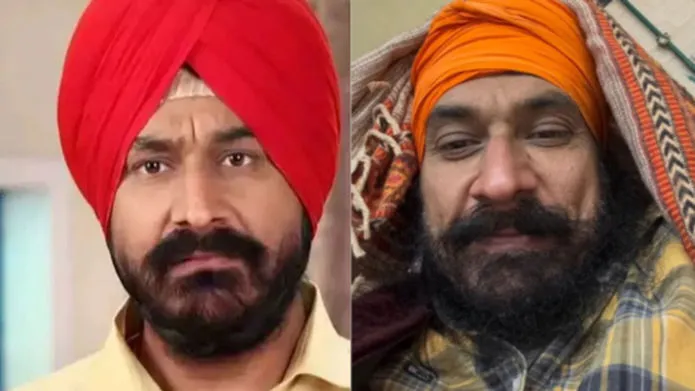For the NCR this is fast becoming an annual feature. Last year the roads into the national capital were blocked by those protesting against the controversial Citizens’ Amendment Act (CAA). The protestors held firm; even as they were shifted to Shaheen Bagh, they ensured that they were not contained in that limited space as they continued to make headlines. As for the government reaction, conditional talks were offered while making it clear that a rollback was off the negotiating table. It soon became a contest of who shall blink first and if it hadn’t been for the Covid-19 lockdown, then perhaps the protests would have still been going on.
Fast forward to this year and this time we have the farmers laying siege to the NCR. Truckloads have come from Punjab, Haryana, and western UP, carrying foodgrains, blankets and even the odd grandmother. The farmers have made it clear—they are in for the long haul. And clearly they have learnt some lessons from the CAA protest, the main one being: Don’t get contained in one corner of the capital where it becomes easy to ignore you. Hence the government’s offer of shifting to Burari was summarily rejected. But it’s not just the government, the farmers are turning a cold shoulder too. They have also said no to all offers of hospitality from the Opposition as well, to the pakoras and tents set up by the Aam Aadmi party and the farmers’ langar stalls set up by the Akali Dal and the Congress. Instead the farmers have brought their own rations and are cooking their own aloo-gobi. In fact when at Vigyan Bhavan to negotiate with the government, the farmer leaders carried their own food packages and refused to partake of the sarkari meal laid out for them. And, for those looking for a political statement here, no biryani came out of the packed lunch boxes.
The Modi government has a track record of not backing down in the face of the staunchest of protests. Will it be able to hold its own against the farmers as well? There is a fear amongst the protestors that the government will either try to discredit the move (hence the taunts of Naxals and Khalistanis) or else it will divide the movement by reaching out to the protesting farmer unions individually working on each to break away. It is interesting to note that this movement has no one leader; and is staying clear of all political parties. It is equally interesting to note that apart from the Shiromani Akali Dal which is limited to Punjab, there is no other party that can claim the title of being a farmers’ outfit. Neither is there one politician who can be identified as a kisan neta in the mould of Devi Lal, Bansi Lal or Chaudhary Charan Singh. The BJP has tried to prop up Rajnath Singh who does have a pro-farmer image but with a limited appeal. That it then turned to the pro-trader Piyush Goel is in itself a statement as to which side the government’s interests lie: The industry vis-à-vis the farmers. In terms of messaging it was hardly a reassuring optic for the farmers to have to deal with Piyush Goel instead of Rajnath Singh across the negotiating table in the first round of talks. Neither was PM Modi’s message from Varanasi very reassuring, for apart from asking the farmers to trust his word, he also made it clear that the government was not going to back down from what it clearly sees as a reformist move. So, the PM’s negotiators may be sitting across the table but they are doing so with one hand tied behind their back. They have been given very little leeway to manoeuvre. Incidentally, would this be a good time to point out that after all the high decibel agitation, the controversial CAA Act is yet to be notified by the government. If it is allowed to lapse, then what was the fuss all about? Not just to score some political rhetoric, surely.
But unlike the CAA where the BJP’s troll army could whip up the narrative of nationalism, it will find it slightly more difficult to tar the farmers with the same anti-national brush. Yes, the government is right when it terms this as just a two-and-half state protest for as of now only the states of Punjab, Haryana and western Uttar Pradesh are on the streets. However, is the government right in treating this as just a storm in a tea cup? Don’t forget the power of protest, it was the streets that brought down the Indira Gandhi government in 1977 (J.P. Narayan›s Sampoorna Kranti) and the UPA government in 2014 (Anna Hazare’s movement). Moreover while the farmers do not form one critical voting bloc, unlike the Dalits, Muslims, or tribals, theirs is a voice that cannot be ignored either. One of the reasons why the UPA came back to power in 2009 was its Rs 72,000 crore farm loan waiver. The Modi government too took a leaf out of this, when it came up with its Rs 6,000 annual assistance to farmers on the eve of the 2019 elections. Then suddenly why is it risking antagonising this formidable constituency? Does the BJP really feel the protests are limited to two-and-a-half states only? And even if they are, Punjab goes to polls in 2022 where currently the BJP has only 3 MLAs and no allies; its ally in Haryana is threatening to pull out of government, and Uttar Pradesh too is slated to go for polls in 2022. The electoral rationale behind the move to implement the said reforms is certainly puzzling unless, of course, the party is relying on the power of the PM to turn the election around at the last minute. If so, a word of caution: The PM managed to sell demonetisation very successfully in UP in the last round of elections (2017) but he did not have the same track record in Punjab.
Which again brings us to the question: What does the Modi government hope to achieve by bringing in reforms that are being rejected by the very people these are meant to appease?

